Savindra Singh Summary:Theory of Isostasy | Geography Optional for UPSC PDF Download
Introduction
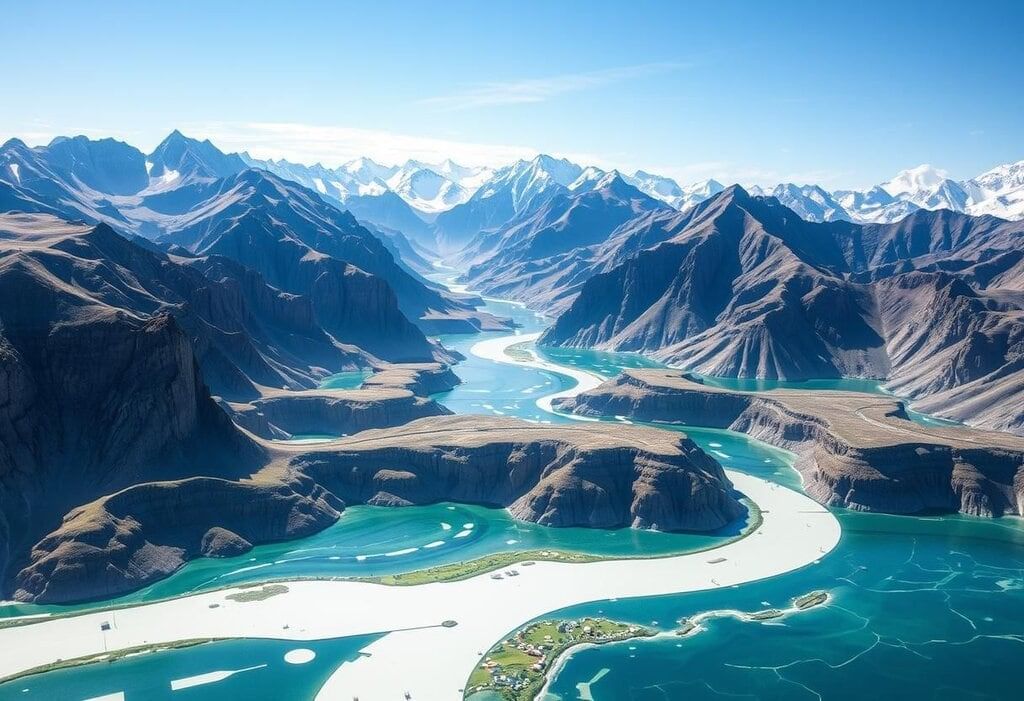 Geological Harmony
Geological Harmony
This chapter explores the concept of isostasy, which explains how the mechanical stability of Earth ' s features, such as mountains, plateaus, plains, and ocean basins, keeps them balanced on a rotating planet.
Introduction to Isostasy
Overview
- Isostasy is derived from a German word meaning "in balance," and it refers to the way elevated and depressed regions of the Earth maintain equilibrium.
- This balance is crucial for the stability of these geographical features.
- When there are changes in this balance, it can lead to various tectonic activities.
Key Concepts
- Definition. Isostasy, a concept put forth by Dutton in 1859, explains how large landforms such as mountains and plateaus are supported by lighter materials beneath them. This support is crucial for maintaining stability.
- Principle. According to J.A. Steers (1961), for areas with the same surface size, the mass underneath must also be equal to ensure balance.
Discovery of Isostasy
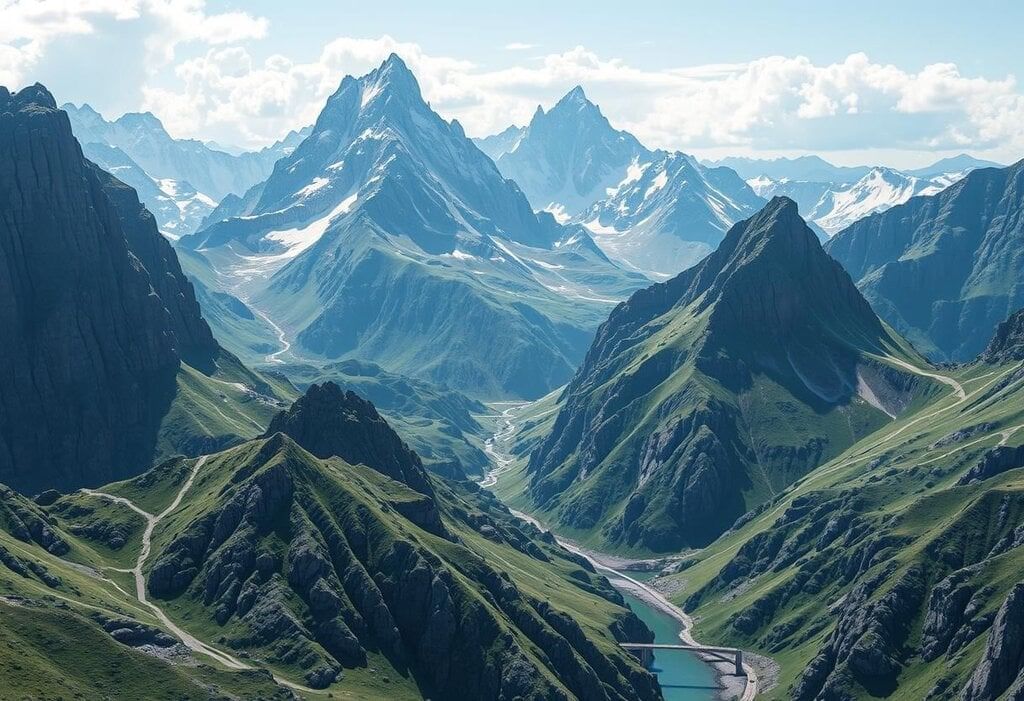 Gravitational Mountains
Gravitational Mountains
- The concept of isostasy was discovered when researchers observed unexpected differences in gravitational force during surveys.
- These anomalies indicated that the gravitational force measured was lower than anticipated when only surface features were considered.
- This discrepancy suggested the existence of different geological structures beneath the Earth's surface.
Key Observations
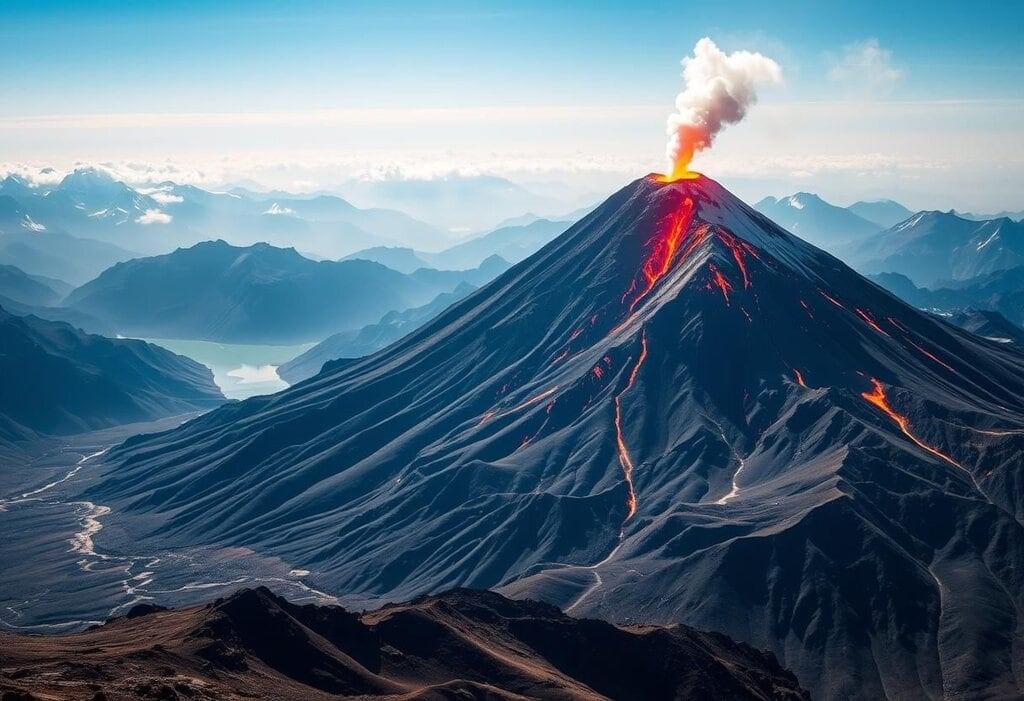 Himalayan Volcano Exploration
Himalayan Volcano Exploration
Bouguer’s Andes Expedition (1735). During this expedition, the volcanic peak Chimborazo was found to attract a plumb line less than expected. This indicated a weaker gravitational pull at that location.
Indian Geodetic Survey (1859). Led by Sir George Everest, this survey discovered a difference of 5.236 arc-seconds in latitude measurements between Kalianpur and Kaliana, areas near the Himalayas. This difference was due to the gravitational effects of the Himalayas, which were lower than anticipated given the mountain's size.
Pratt’s Analysis. Archdeacon Pratt conducted an analysis that predicted a theoretical deflection of 15.885 seconds. This analysis highlighted the weaker gravitational attraction of the Himalayas and suggested theories about how mass is compensated within the Earth’s crust.
Explanations for Low Attraction
- Hollow mountains are rejected because they are structurally impossible.
- There is insufficient mass beneath mountains, with lighter rocks extending to great depths.
- Mountains are made up of rocks that are inherently low in density.
- There is a uniform mass at a certain level of compensation, where density decreases with height.
Concept of Sir George Airy
 Geological Foundations
Geological Foundations
- Airy proposed that mountains are not hollow, but are instead supported by deep roots of lighter material that float in denser material below, much like a boat floating on water.
- Flotation Principle. The lighter continental crust floats on the denser oceanic crust, with mountains extending deeper into the ground in proportion to their height.
- Root Formation. For every unit of height, a mountain has a root that is nine times deeper. For example, an 8848 m high Himalayan mountain would have a root of about 79,632 m, or approximately 70,784 m according to Joly’s 1:8 ratio, although this ratio can vary based on different geological models.
- Uniform Density. The density remains constant across crust columns, although their thickness varies, meaning the density is the same even if the thickness differs.
Evaluation
- Strengths. This theory, backed by Heiskanen's research, is widely accepted for explaining the balance of the Earth's crust.
- Weaknesses. Very deep roots, such as those extending 80 km, would likely melt due to the extreme temperatures found beneath the Earth's surface, which increase by approximately 1°C for every 32 meters of depth.
Concept of Archdeacon Pratt
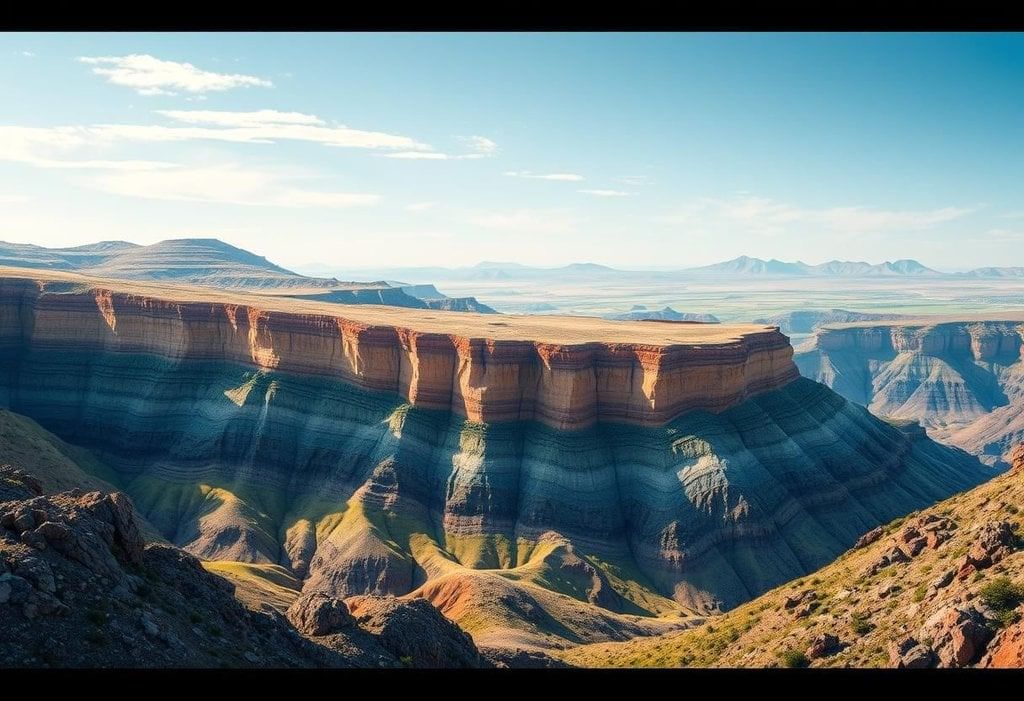 Geological Harmony
Geological Harmony
According to Pratt, the land's features are balanced by differences in density above a certain level, with no changes in density below that level.
- Level of Compensation. Above this level, density changes inversely with height—taller columns have lower density, while shorter columns have higher density.
- Uniform Depth. All columns reach the same depth with equal mass at the compensation level, meaning they have the same depth but varying density.
- Law of Compensation. Areas with equal surface sizes have equal mass due to differences in density, not because of flotation.
- Strengths. Pratt's concept accounts for gravitational anomalies without the need for deep roots.
- Weaknesses. The idea of a column-like crust oversimplifies the actual layered structure of the crust and implies flotation and root formation, which contradicts Pratt's rejection of these concepts.
Concept of Hayford and Bowie
 Geological Harmony
Geological Harmony
Hayford and Bowie built upon Pratt's model of isostasy by introducing the idea of a compensation plane situated at a depth of approximately 100 kilometers. In their view, the density of materials above this plane varies, while the density below remains constant.
Key Points in Hayford and Bowie's Concept
- Inverse Density-Height Relationship: In this model, mountains are considered to be less dense than ocean floors. This difference in density is crucial for balancing the columns of material above the compensation plane.
- Column Balance: The model suggests that different landforms, such as plains, plateaus, and oceans, exert the same pressure at the compensation level despite their varying heights. This is due to the differences in their densities.
- Illustration of Balance: Hayford and Bowie used the concept of columns with equal cross-sections made from materials of different densities to illustrate how these columns would balance at the same depth.
Strengths and Weaknesses of the Model
- Strengths: The Hayford and Bowie model is consistent with Pratt's theory of isostasy and is supported by empirical observations from the real world.
- Weaknesses: One of the main criticisms of this model is its assumption of a columnar crust, which does not accurately reflect the horizontal layering of the Earth's crust. Additionally, the model's reliance on a fixed compensation depth of 100 kilometers has been challenged, notably by Joly.
The Concept of Joly
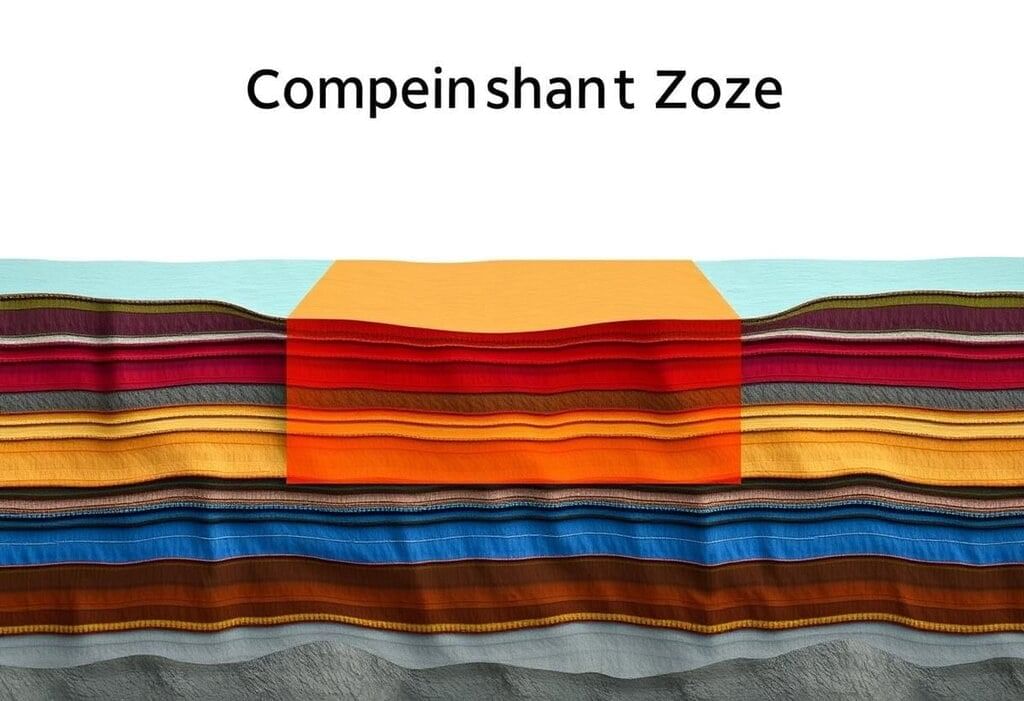 Geological Abstraction
Geological Abstraction
- Joly's Critique. Joly, in 1925, challenged the views of Hayford and Bowie by proposing a compensation zone that is 10 miles (16 km) thick, rather than a fixed plane.
- Compensation Zone. Joly suggested that density changes occur within a 16 km-thick layer. In this zone, lighter materials are found beneath continents, while denser materials are located in other areas.
- Rejection of Fixed Plane. Joly argued that the high temperatures at a depth of 100 km could cause rocks to melt or partially melt, disrupting a fixed compensation level.
- Flotation Implication. Joly's model implies that the lighter continental crust extends downwards, similar to Airy's flotation model.
- Strengths of Joly's Model. Joly's model is considered more realistic because it accounts for a zone of compensation instead of a rigid plane. It also aligns with the principles of flotation.
- Weaknesses of Joly's Model. However, Joly's model does not provide detailed mechanisms explaining how the compensation zone is maintained during geological changes.
Concept of Arthur Holmes
 Geological Harmony
Geological Harmony
Flotation and Roots: Higher landforms, such as a 17-meter high plateau, have deeper roots composed of lighter materials compared to those in lower areas, like the ocean floor. This is akin to how a buoyant object floats, with a larger portion submerged in denser fluid.
Equal Pressure Level: At a depth of approximately 50 kilometers, columns with the same cross-sectional area, such as plateaus, plains, and oceans, exert similar pressure due to variations in density and thickness. This concept highlights the balance of forces at play beneath the Earth's surface.
Example Columns: Illustrations of different geological columns, including a 4-kilometer plateau, a 1-kilometer plateau, a sea-level plain, and a 5-kilometer deep ocean, showcasing their respective thicknesses, densities, and weights. These examples help to visualize the principles of isostatic balance in action.
Strengths: The model effectively demonstrates a measurable and quantifiable approach to understanding isostatic balance. By providing clear examples and calculations, it offers insights into the complex interactions between different geological features and their impact on Earth's structure.
Weaknesses: One limitation of the model is its assumption of a fixed depth of 50 kilometers for compensation. This simplification may overlook the intricate complexities of isostasy, especially in tectonically active regions where geological processes can vary significantly.
Global Isostatic Adjustment
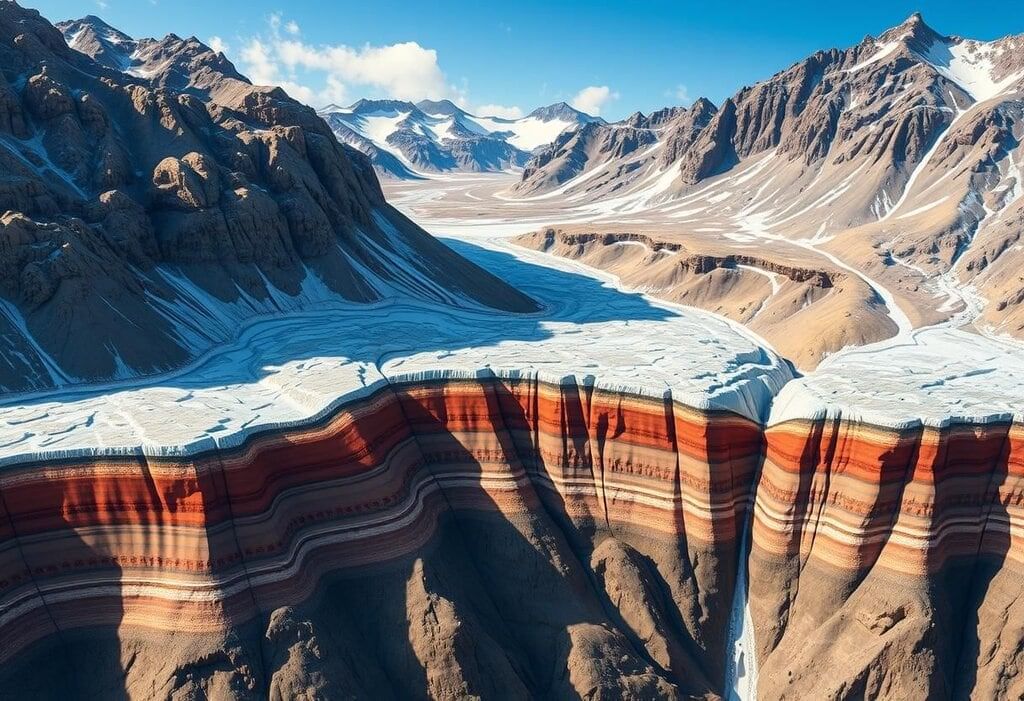 Geological Dynamics
Geological Dynamics
Global isostatic balance is rare due to ongoing geological changes, but regional adjustments occur to restore balance.
Key Mechanisms
- Denudation and Sedimentation. Erosion of mountains reduces weight, leading to uplift. Meanwhile, sediment build-up in oceans adds weight, resulting in subsidence. The flow of the substratum helps restore balance.
- Glacial Rebound. The melting of ice sheets from the Pleistocene era in places like Scandinavia and Finland has caused significant uplift. For instance, Scandinavia has risen by 900 feet, currently increasing at a rate of 1 foot every 28 years. This process disrupts isostasy but slowly restores it.
- Tectonic Disturbances. Sudden internal forces, such as mountain building, disrupt isostasy, requiring slow material flow for adjustment.
- Support. Evidence of subsidence caused by sediment and glacial rebound supports these adjustment mechanisms.
- Challenges. The columnar model, which simplifies the complex interactions in the Earth's crust, may not accurately depict the intricate dynamics of isostatic processes. Sudden tectonic or climatic events can complicate local isostasy.
Conclusion
 Geological Harmony
Geological Harmony
- Isostasy accounts for the balance of the Earth's surface features.
- This balance is explained through models like Airy’s flotation and root formation, as well as Pratt’s varying density.
- The theory is supported by key figures such as Hayford, Bowie, Joly, and Holmes.
Models of Isostasy
- Airy’s model suggests uniform density with varying thickness.
- Pratt’s model proposes uniform depth with varying density.
Limitations of Isostasy
- Geological processes like tectonic activity and erosion disrupt the idea of complete global isostasy.
- Regional adjustments occur through material flow and uplift.
- These adjustments illustrate nature's effort to achieve balance, despite ongoing local disturbances.
|
303 videos|635 docs|252 tests
|
FAQs on Savindra Singh Summary:Theory of Isostasy - Geography Optional for UPSC
| 1. What is the theory of isostasy and why is it important in geology? |  |
| 2. Who were the key figures in the discovery and development of the concept of isostasy? |  |
| 3. What are the main differences between the concepts of Sir George Airy and Archdeacon Pratt regarding isostasy? |  |
| 4. How does global isostatic adjustment occur, and what factors influence it? |  |
| 5. Why is understanding isostasy relevant for UPSC aspirants in geography and environmental studies? |  |
















